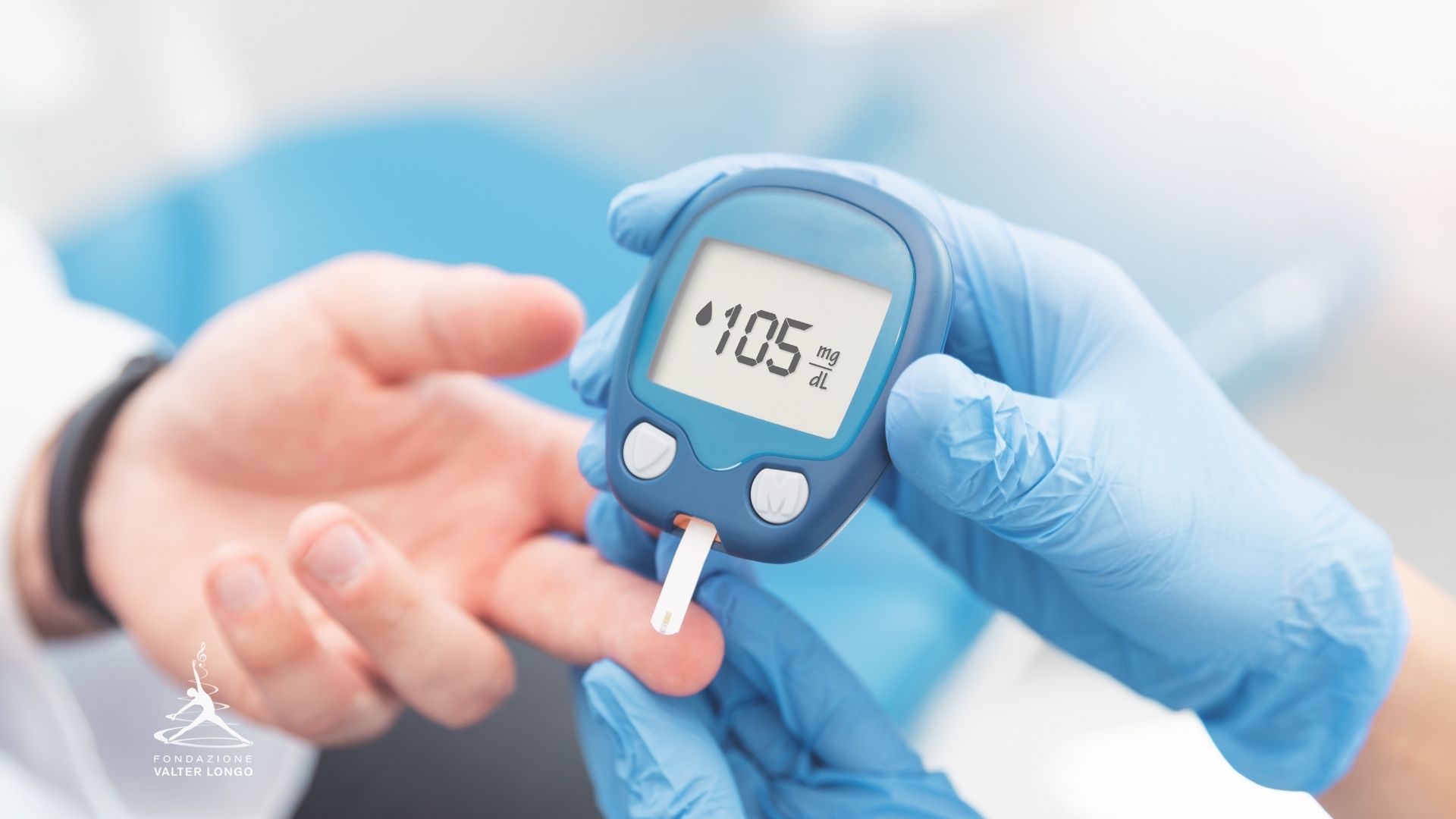
More than a third of diabetic patients over the age of 30 are wrongly diagnosed with Type 2 diabetes, when in fact they have Type 1 diabetes. These are the results that emerged from a study that was published in Scientific Diabetology (July 2019). The team was led by Augus Jones from the Exeter Medical School (UK).
TWO TYPES OF DIABETES TREATED DIFFERENTLY
Before we dive into the new study, it is important to make a clear distinction between the two types of diabetes. Individuals who suffer from Type 1 diabetes have severe insulin deficiency since the cells of the pancreas that produce insulin are not recognized by the immune system and are thus attacked and destroyed. These individuals are often diagnosed during childhood and after 3 years, need to begin insulin treatment (by injection or insulin pumps) to control blood glucose levels.
Individuals with Type 2 diabetes are generally diagnosed during adulthood and, at least in the early stages, can also manage the disease through healthy eating, exercise, weight maintenance, and oral medications. These methods, however, are not effective for the treatment of Type 1 diabetes.
The correct diagnosis of Type 1 diabetes in adults is made difficult by the fact that numerous patients with Type 2 diabetes are thin and have lower genetic risk of type 1 diabetes (p< 0.001). New surveys show that if individuals who are diagnosed with Type 2 diabetes need insulin within the first three years after diagnosis, then it is more likely that they actually suffer from Type 1 diabetes. In this case, further hematological tests would be needed to identify which type of diabetes it is, provide adequate treatment, monitoring, and educational support.
THE STUDY IN DETAIL
The researchers monitored 385 individuals with insulin-treated diabetes, diagnosed after age 30, from a cohort of the Diabetics Alliance for Research in England (DARE).
21% of them met the inclusion criteria for Type 1 diabetes. Of these, 38% had never been treated with insulin prior to diagnosis, and 47% self-reported having Type 2 diabetes. Rapid insulin requirement was highly predictive of severe endogenous deficiency. In fact, 85% of participants required insulin treatment within one year of diagnosis, and 47% of those initially untreated, who needed it within 3 years of diagnosis, showed severe endogenous insulin.
DOCTORS SHOULD PAY SPECIAL ATTENTION
Individuals with late onset of Type 1 diabetes diagnosed after age 30 have characteristics that are similar to individuals with juvenile-onset Type 1 diabetes. So, it is not easily identified. Doctors need to be aware that patients who do switch to insulin therapy within 3 years of diagnosis, most likely have Type 1 diabetes, and must receive ad hoc treatment and educational support.
SOURCES
Thomas Nick, Augus Jones et al. – Type 1 diabetes defined by severe insulin deficiency occurs after 30 years of age and is commonly treated as type 2 diabetes-“Diabetologia” (July 2019)